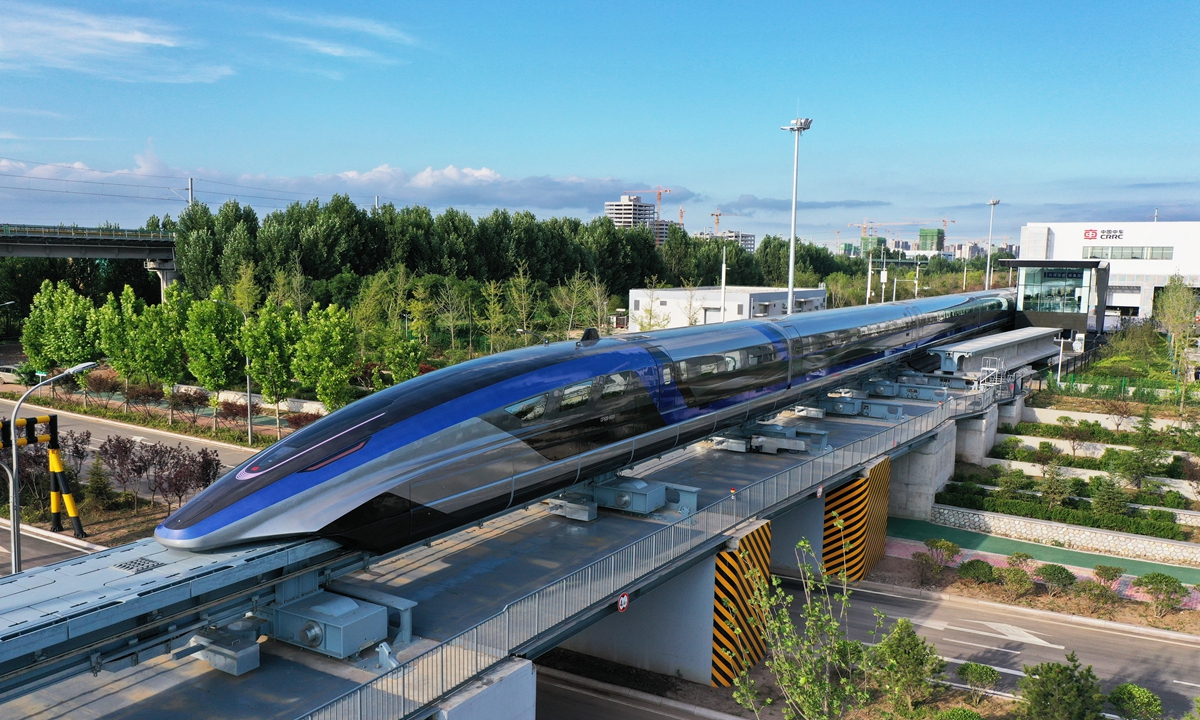The high-speed magnetic suspension train, which can reach speeds of 600 kilometers per hour, debuted in Qingdao, China.
Developed by the state-owned China Railway Rolling Stock Corporation, it is considered the fastest train in the world.
“Maglev” is an abbreviation of “magnetic levitation”. The train seems to “float” due to the electromagnetic force that causes it to slide over the tracks.
Liang Jianying, deputy general director and chief engineer of CRRC Sifang, told Chinese state media that in addition to speed, the train emits low levels of noise pollution and requires less maintenance than other high-speed trains.
In 2019, the media presented a prototype of a new train on a magnetic suspension. In the same year, China announced ambitious plans to create “three-hour transport lanes” between major cities.

High-speed rail is a top priority in China, which seeks to connect more of its major cities by train to reduce the time and expense required to travel to the world’s most populous country.
Currently, the average high-speed train in China can move at a speed of about 350 km/h, and aircraft fly at a speed of 800-900 km/h. Trains similar to the one presented in Qingdao this week could fill a critical environment.
However, there is one thing that prevents this train from meeting passengers – the lack of complete networks of tracks on the magnetic suspension.
Currently, only one magnetic suspension line is used in China, connecting Shanghai Pudong Airport with Longyang Road Station in the city. The trip of 30 km takes about seven and a half minutes, while the train develops a speed of 430 km/h.

